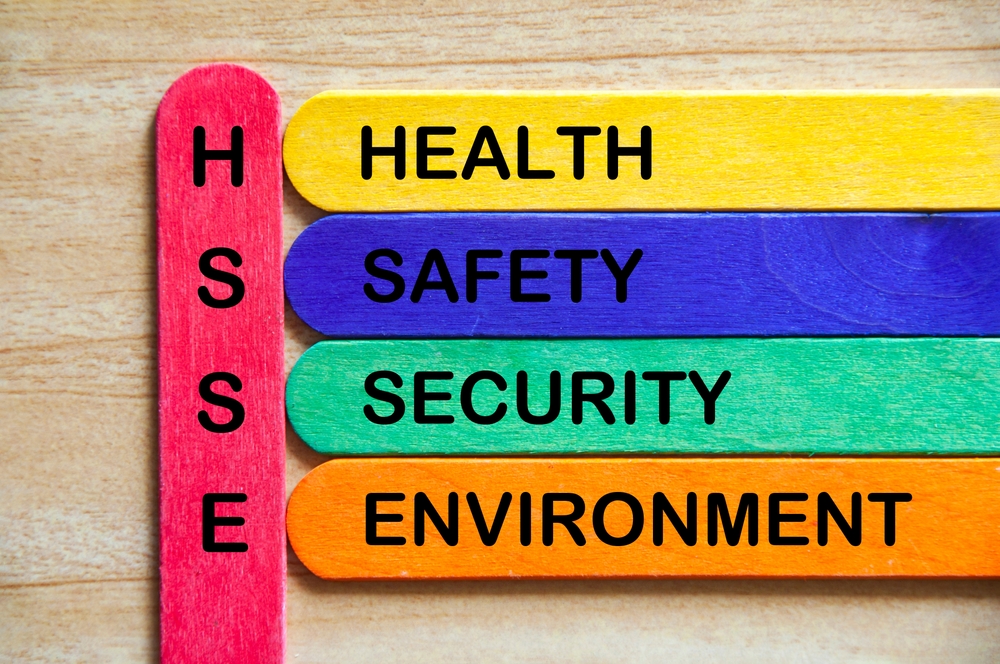

This course is crucial to the promotion and enhancement of an effective safety culture. It gives you the strategies and tools to instill a positive Safety culture which would ensure that safety and compliance are sustained in the organization over a period of time.
| City | Start Date | End Date | Fees | Register | Enquire | Download |
|---|---|---|---|---|---|---|
| Barcelona | 07-07-2025 | 11-07-2025 | 6200 $ | Register | Enquire | |
| London | 14-07-2025 | 18-07-2025 | 6200 $ | Register | Enquire | |
| Dubai | 21-07-2025 | 25-07-2025 | 4300 $ | Register | Enquire | |
| Cairo | 04-08-2025 | 08-08-2025 | 3950 $ | Register | Enquire | |
| London | 11-08-2025 | 15-08-2025 | 6200 $ | Register | Enquire | |
| Casablanca | 18-08-2025 | 22-08-2025 | 4950 $ | Register | Enquire | |
| Madrid | 25-08-2025 | 29-08-2025 | 6200 $ | Register | Enquire | |
| Casablanca | 01-09-2025 | 05-09-2025 | 4950 $ | Register | Enquire | |
| Madrid | 08-09-2025 | 12-09-2025 | 6200 $ | Register | Enquire | |
| Dubai | 15-09-2025 | 19-09-2025 | 4300 $ | Register | Enquire | |
| Istanbul | 22-09-2025 | 26-09-2025 | 4950 $ | Register | Enquire | |
| Kuala Lumpur | 29-09-2025 | 03-10-2025 | 4950 $ | Register | Enquire | |
| Barcelona | 06-10-2025 | 10-10-2025 | 6200 $ | Register | Enquire | |
| Jakarta | 13-10-2025 | 17-10-2025 | 4950 $ | Register | Enquire | |
| Amsterdam | 20-10-2025 | 24-10-2025 | 6200 $ | Register | Enquire | |
| Paris | 03-11-2025 | 07-11-2025 | 6200 $ | Register | Enquire | |
| Casablanca | 10-11-2025 | 14-11-2025 | 4950 $ | Register | Enquire | |
| Dubai | 24-11-2025 | 28-11-2025 | 4300 $ | Register | Enquire | |
| Amsterdam | 01-12-2025 | 05-12-2025 | 6200 $ | Register | Enquire | |
| Jakarta | 15-12-2025 | 19-12-2025 | 4950 $ | Register | Enquire | |
| Dubai | 22-12-2025 | 26-12-2025 | 4300 $ | Register | Enquire | |
| London | 29-12-2025 | 02-01-2026 | 6200 $ | Register | Enquire |
An efficient safety culture is essential for the successful development and operation of an organization’s safety management system.
This Course is designed to prevent catastrophic incidents by ensuring that every employee, regardless of position, follows safety requirements and receives intervention when any safety violations or hazards are detected.
By fostering personal ownership and involvement, this course helps develop a strong safety culture and effective safety leadership throughout the organization.
At the end of this course, participants will be able to:
Unit 1: Introduction to Safety Culture
Unit 2: Safety Management Systems
Unit 3: HSE Model for Safety Culture
Unit 4: Behavioral Safety
Unit 5: Measuring Safety Culture



















